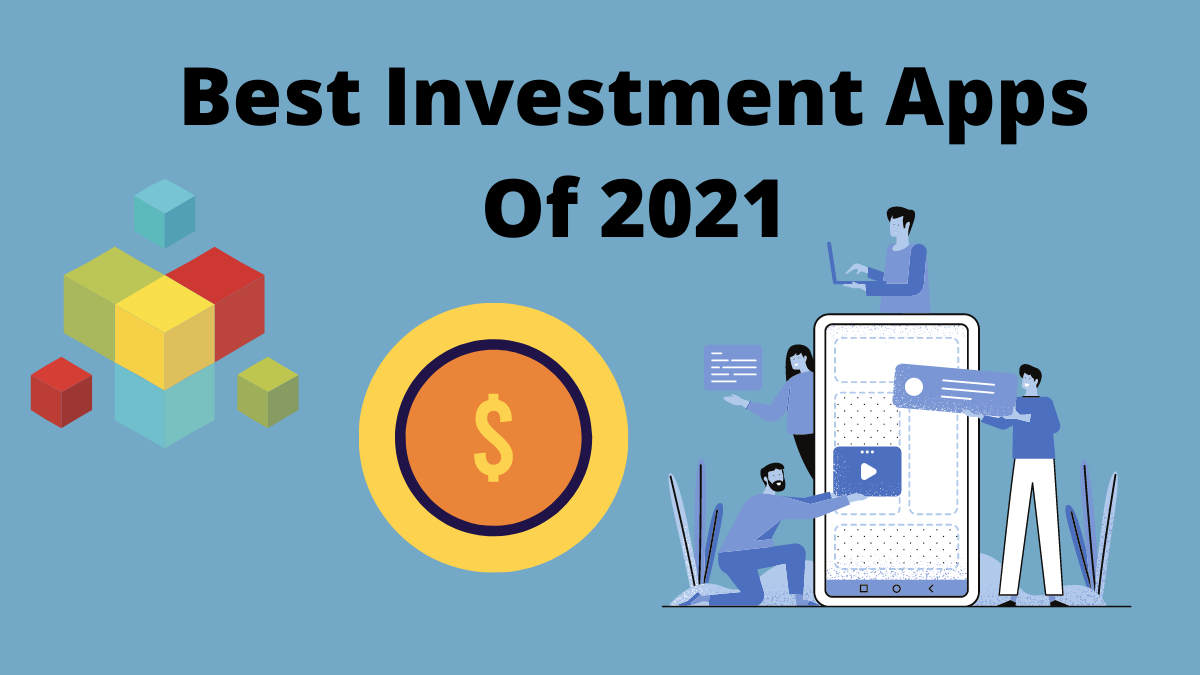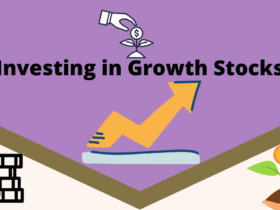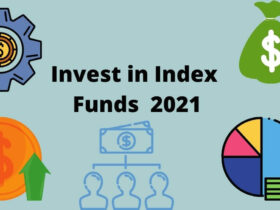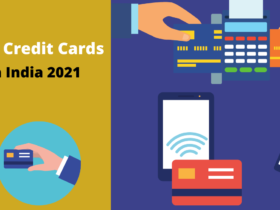Investors are their financial advisors and stock brokers dumping for an application. That’s because investment apps low cost and convenience to go trades.
Investments in new investors, which have experienced more easily, can begin without the time or money to the barrier at the app itself. Know about Exchange-Traded Funds(ETFs).
The best investment apps
Read Also- How to Invest in ETFs
#1. Public

Social media, the way people have changed communication. Public use that format for investment, a social approach to investment advice.
How it works–
With Lok, you can invest in part or all of a stock, making it easy to start investing with even a little money. This allows you to invest in big name stocks like Apple and Amazon for just a few dollars.
But what really sets Lok apart from other applications is its social interface like media. You can follow tips and insights to other investors. Over time, this sense of community will help you sharpen your skills as an investor.
Pricing– Public currently offers fee-free trading.
Pros & Cons-
| Pros | Cons |
|---|---|
| Social media interface encourages interaction | Available via mobile app only |
| Commission-fee trading | This app is currently only available in the U.S. |
| Invest in fractional shares |
#2. Robinhood

Robinhood is a simple share trading platform with no transaction fees.
How it works–
In real time Robinhood provides a platform for buying and selling stocks and ETFs. The best thing is that you invest in anything with zero transaction fees. You can also set up recurring deposits if you want.
Robinhood provides a super simple user interface that is easy to use. You can get a general overview of your investment performance with useful charts and statistics.
Pricing– Free; no minimum.
Pros & Cons-
| Pros | Cons |
|---|---|
| Absolutely free | You must do your own research |
| Easy to use | Easier to make rushed uncalculated decisions |
| Perfect for investment DIY-ers | No personalized investment recommendations |
#3. M1 Finance
M1 investment in pre-selected portfolios provides finance automatically, or you can choose from any stock or ETF.
How it works–
M1 is for people who like the idea of automating their investment, but still want to say something on where their money is going. M1 Finance allows investors to choose from any share or ETF.
Unlike Robo-investors, you are not limited to your pre-selected ETFs, but they offer pre-defined templates for beginners. You can also set up recurring automatic deposits on a weekly or monthly basis, or any custom deadline you desire.
Pricing– Free of charge; $100 minimum to open an account and $500 minimum to open a retirement account.
Pros & Cons-
| Pros | Cons |
|---|---|
| Offers an alternative to rigid robo-advisor formula | Limited to 1 trade a day |
| Simple, user-friendly | Can be confusing for beginners |
| Free | No human financial advisor |
#4. Personal Capital
Personal Capital is a personal financial manager that offers advice, wealth management, and the kind of financial tool
How it works–
Personal capital not only works as an asset management service but also provides useful free financial tools. Personal capital connects your finances and helps you plan and budget your finances to summarize your finances. You get a ton of features including an easy retirement planner or bill notification.
Personal Capital Invest your money in a pre-selected portfolio of individual securities and ETFs, specifically reducing added expenses and taxes. Every account also becomes a dedicated advisor.
Pricing– 0.89% fee for $1 million deposited or less; you need at least $100,000 to start using the service.
Pros & Cons-
| Pros | Cons |
|---|---|
| Consolidates all your financial information | High minimum |
| Affordable | Can’t customize your investment |
| Free finance tools | More expensive than most robo-advisors |
#5. Wealthfront
Wealthfront all automates with the goal of having a robot advisor can reduce costs. You can also get financial advice through the app.
How it works–
Wealthfront looks to make money with minimal effort from you. For you they can create a custom portfolio based on your financial condition, goals, lifestyle, and level of risk. They try to keep costs as low as possible by strategically choosing low-cost ETFs that minimize tax liability.
Its entire interface is super simple. Any jargon is complex, and applications are great resources. It can also answer your very specific questions about your goals and aspirations like you can afford to take a year off for travel.
Pricing– $500 minimum investment; free for the first $10,000; 0.25% of your invested assets afterwards.
Pros & Cons-
| Pros | Cons |
|---|---|
| Low, straight-forward fees | No face time with a financial advisor |
| Easy to use | High minimum investment |
| Simple for new investors | Stuck with rigid Robo-advisor formula |
Read Also- 5 Ways to Invest in Real Estate
FAQ-
We don’t suggest anything that we haven’t personally vetted, all of these apps come with robust built-in security features.
Whether or not you are saving up for something, investing allows you to squeeze the most out of your money. Investing doesn’t require much knowledge or a huge time commitment. Plus, a bunch of these apps make it easy for anyone can start investing.
There are many trading options, you depend on the app you choose. Live trading as well like Robo-advisory only ETFs trade, while Robinhood apps allow for the shares you can buy seconds and sell.
Applications to be invested allow you to start investing in a matter of minutes. There are many investment apps out there catering to the needs of all types of investors. Some apps help new investors easily set up an investment portfolio from scratch. Others provide a simple bare bones platform for quick low fee trading.










